I May Live In The Big City, But I'm Still A Small-Town Boy
I didn't grow up in the middle of nowhere, but you could see it from where I lived
Like many of us, I’m the product of a small town. Walker, MN, was all of 941 people, a tiny hamlet of little consequence situated between Fargo, ND, and Duluth, MN. You’ve probably never heard of it, and there’s no reason you should have. Unless you count the last battle between the US Army and a Native American tribe, nothing of note has happened in or emanated from Walker. That final battle occurred just outside Walker in 1898 (Spoiler alert: The Native Americans took it in the shorts).
As the above video shows, Walker is much like any other American small town. There’s nothing that sets it apart from any other small town in America- except that it’s where I grew up. If you stop the video at the :40 mark, you’ll see an intersection of two highways at the bottom of the screen. Hwy. 371 runs from top to bottom. If you follow Hwy. 371 up the screen, you’ll see a tree and then a light-colored house with a dark roof. That’s the house in which I grew up. The front part of the house was added at some point after we to St. Cloud, MN, in 1975.
Over the years, the house has been a bike shop, a golf shop, and probably a few other things, but it’s been vacant for the past few years. So when I was in Walker about a year ago, I stopped by and looked in the windows to see if there was anything I might recognize. The kitchen looked much as I remembered it, but we left Walker to move to St. Cloud, MN, before my sophomore year of high school. My memory of the way things were has undoubtedly changed substantially in the intervening 49 years.
Walker itself is precisely the same today and yet completely different. When we lived there, there were no street addresses. There was no need for addresses because there was no mail delivery. Everyone got their mail at the central post office downtown near the Montgomery Ward catalog office. It was one of the places locals caught up with one another, the others being Dahlen’s Restaurant, the Dairy Queen during the summertime, and the bowling alley. Everyone knew where everyone else lived, so finding people was seldom an issue.
When you live in a town of 941 people, it’s hard to hide.
Walker now has a stoplight on Main Street, which seems utterly incongruent in a town of fewer than 1000 people. Someone thought traffic downtown was enough of a problem to require some sort of traffic control. During the summer, when the tourists come to town, that might be the case, but during the winter, Walker’s pretty much frozen solid.
There’s a new Dairy Queen, which is open year-round. There’s also a brewpub, but there are only one or two chain restaurants. There are a few bars, about as many churches, and a coffee shop, which is definitely something that wasn’t on Main Street in 1975.
One of the things that tends to surprise people when I try to describe where I grew up is that Leech Lake, one of the largest lakes in Minnesota, freezes over during the winter. It freezes so solidly that you can drive trucks onto the lake from late November or early December until late March.
People will pull their ice-fishing huts onto Leech Lake as soon as the ice is safe to traverse, and some folks will spend most of their winter weekends out there. Then, in early to mid-March, they tow them off the ice and wait for the lake’s ice to thaw and break up.
Such is the cycle of life in northern Minnesota. Ice is just another part of that cycle.
People would also take their snowmobiles out onto the ice, sometimes at speeds as high as 60-70 MPH. For some of the locals, a snowmobile was the main form of transportation during the winter. It was often shorter to drive across Walker Bay on a snowmobile than to get into a car and use the town’s streets.
For years, there was a snowmobile race between Winnipeg and St. Paul called the International 500. The race always featured an overnight stop in Walker, and Dad would let me skip school to watch the racers come in over Leech Lake. Depending on the condition of the ice, some of the racers could hit speeds upward of 70 MPH. To a wet-behind-the-ears kid who thought a snowmobile was the highest form of motorized transportation known to mankind, it was the coolest thing imaginable.
And it was pretty damned cold. If the air temperature was -20 F, a snowmobile racer coming across Leech Lake at 70 MPH would be facing an unimaginably brutal wind chill.
Living in northern Minnesota meant often dangerously cold winters, but it was all I knew, so it was difficult to imagine anything else. Florida, Arizona, and southern California were concepts I saw only on TV and in black and white. To a kid who regularly woke up to temperatures well below zero, none of that computed. I couldn’t imagine Thanksgiving through Easter without a layer of snow and ice.
The coldest day I can remember happened was I was 11 or 12, when the air temperature hit -54 degrees. It was so cold that even the anti-freeze in cars froze into a mushy sludge.
Nothing moved because it was so cold, so when Dad decided for some reason that we needed to go grocery shopping, we dragged a toboggan the 1/3 of a mile to the store and loaded it up for the trip home. By the time we made it home, perhaps a 10-15 minute shuffle in our snowmobile suites, we discovered that a gallon of milk in a paper carton had frozen solid.
Yeah, that was my childhood. And people wonder why I moved to Portland as soon as I graduated from college. My philosophy now is that I don’t care what the weather does- as long as I don’t have to shovel it.
(Oh…and just in case you’re wondering what -50 degrees windchill does to an egg….)
Walker was a good place to grow up, but after 49 years, I feel no particular affinity with it. It’s just a small town that feels very familiar. There are a lot of memories, of course, and there always will be, but I left Walker when I was 15. Most of the truly important and impactful things in my life occurred after I left, so there’s not much for me to miss. Nor are there any familiar faces. I see names that I recognize on storefronts and billboards, but in the three times I’ve returned over the years, I’ve never come across anyone I knew growing up.
In many ways, it was also a brutal place to grow up. I was bullied a lot, and no adults noticed or cared enough to do anything about it. So when I think about Walker, it can be difficult to keep the painful memories from sullying the good ones. They’re fused together, and there’s no way to effectively separate them.
That was all a lifetime ago, and that’s not me anymore, but it’s good to remember where I come from. Because no matter where I go or what I do, I’m still a small-town boy from Walker, MN. And that’s not such a bad thing.
I’ve come a long way from the clueless young boy who began writing to colleges in 7th grade because while I didn’t who, what, where, when, OR how, I knew I was getting the Hell out of Walker (and eventually, St. Cloud), MN. I wasn’t about to spend my life working as a fishing guide for Bailey Lumber doing who-knows-what.
It took me a long time to be proud of where I come from. It’s not like I’ve made up a fake origin story (I was raised by wolves in the Canadian north woods and rescued by Lutheran explorers who sent me to the world’s best finishing schools). Still, growing up in Walker was a decidedly mixed bag in many ways. Despite all my misgivings, I am who I am in large part because of where I’m from.
So, warts and all, here I am. Deal with it. :-)
(All of my posts are now public. Any reader financial support will be considered pledges- support that’s greatly appreciated but not required to get to all of my work. I’ll trust my readers to determine if my work is worthy of their financial support and at what level. To those who do offer their support, thank you. It means more than you know.)





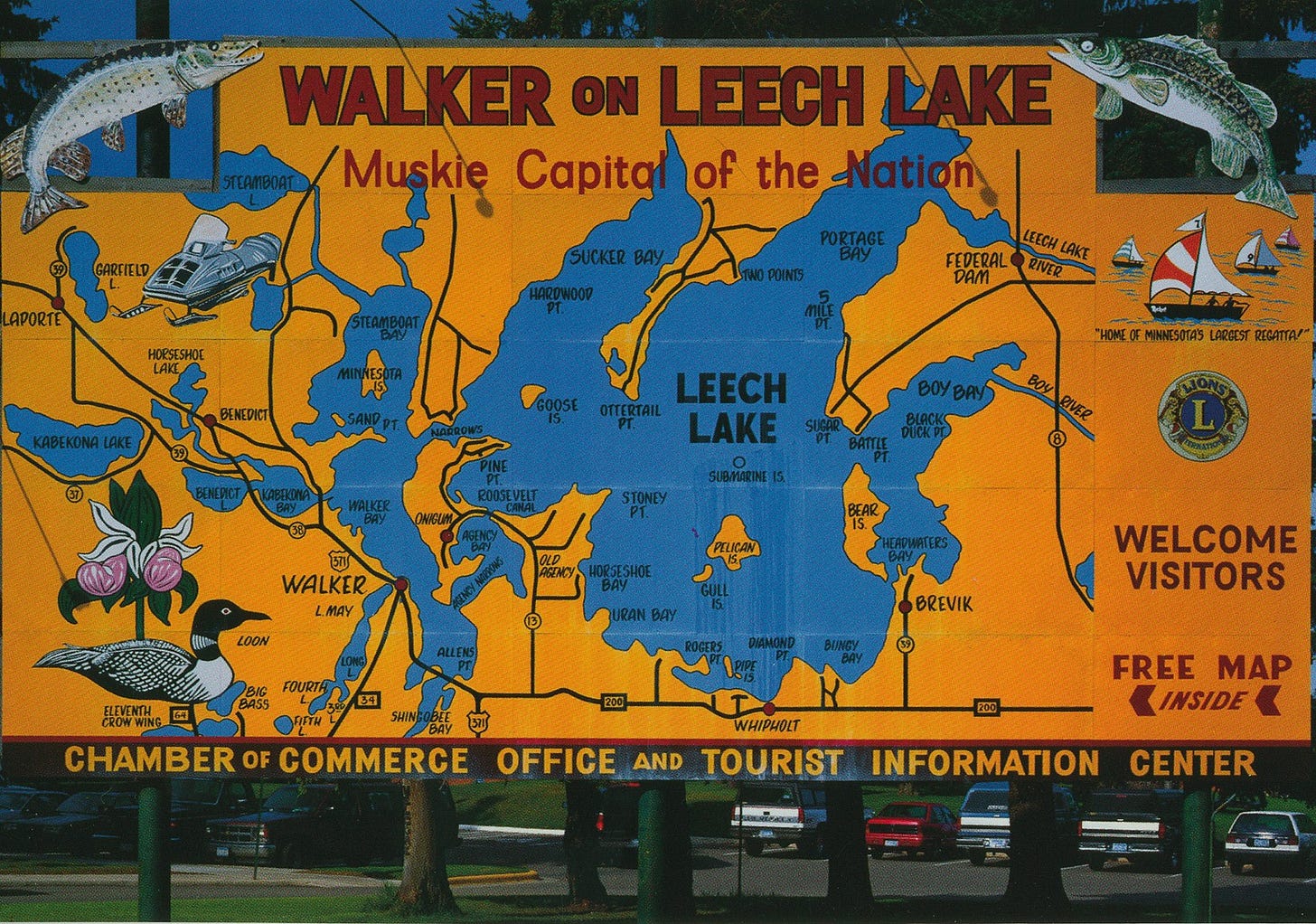
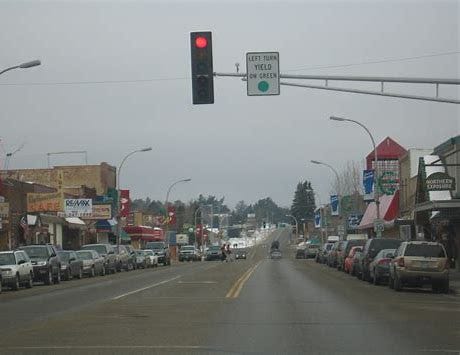

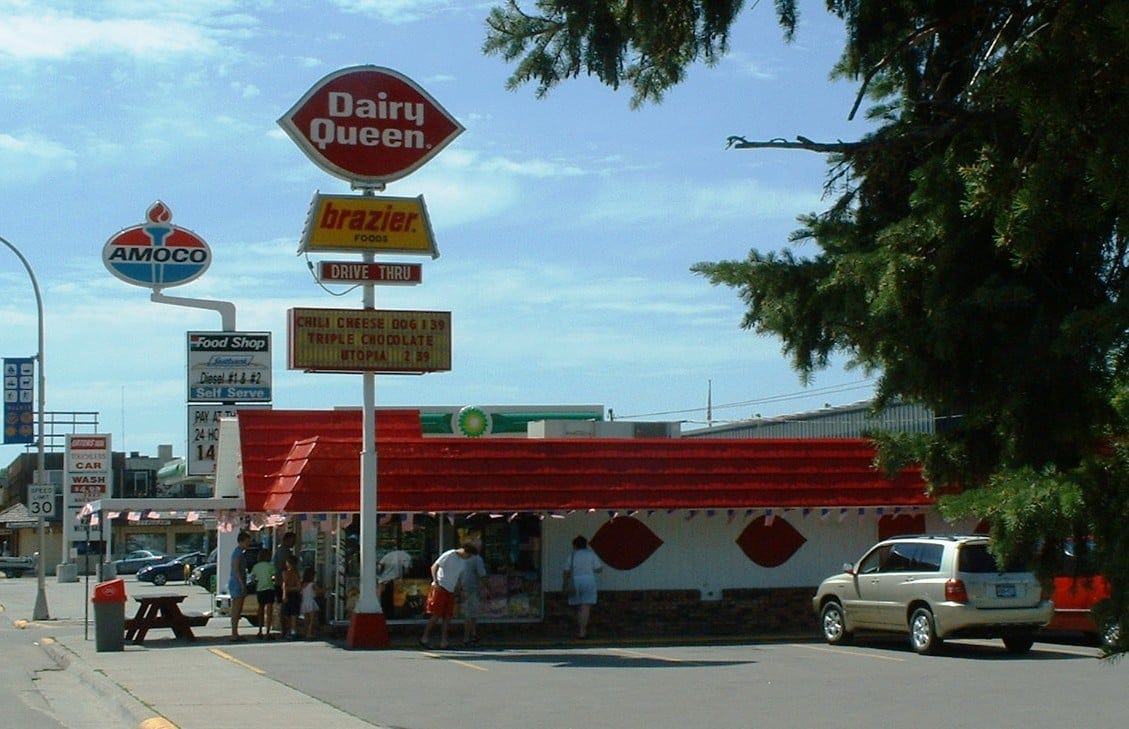
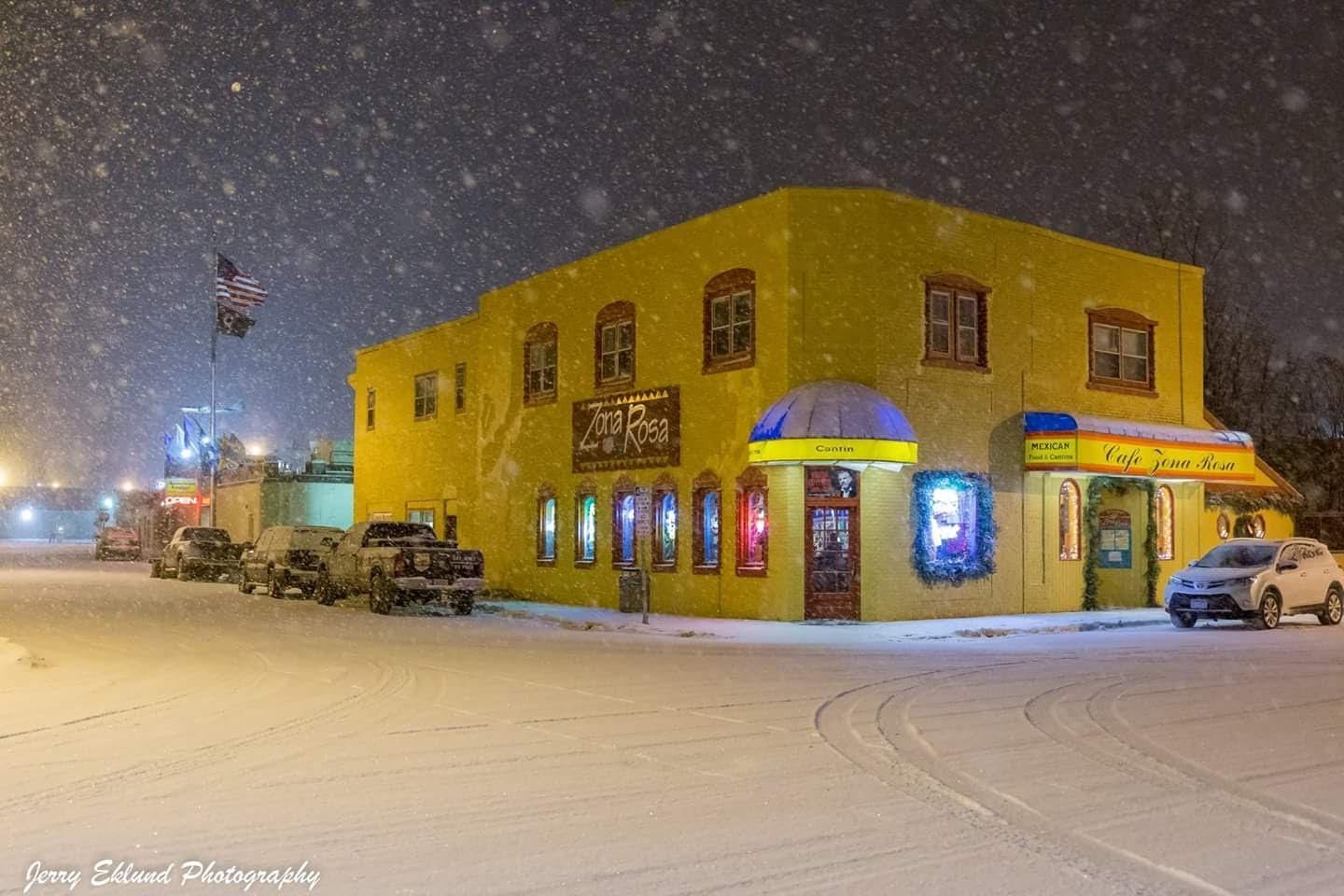
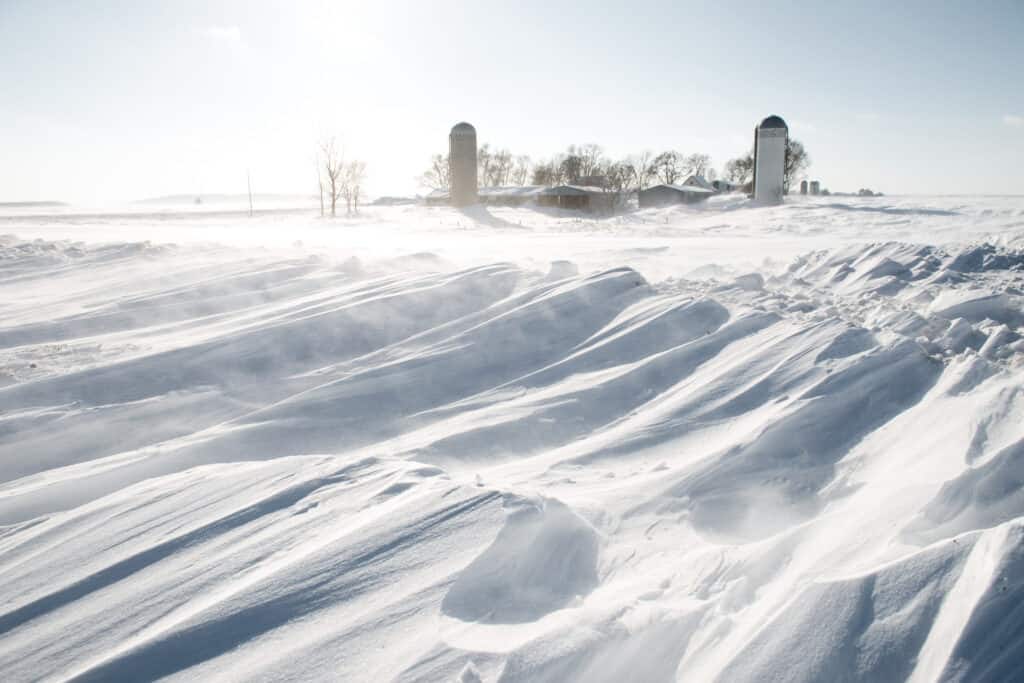

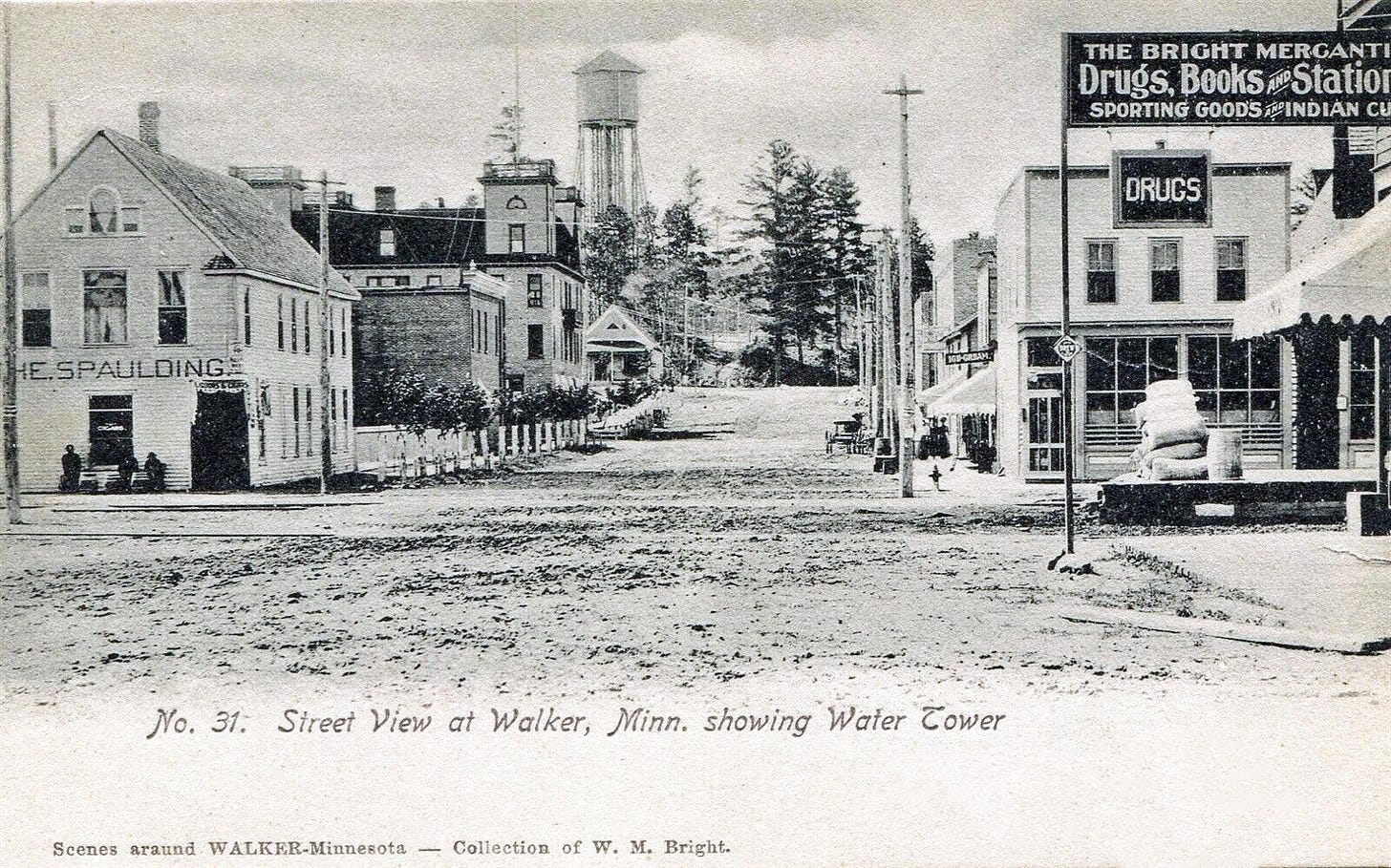
"Walker, MN, was all of 941 people" -- at some 1,600 students, my high school was almost twice as big. The town outside the base in Germany where I was stationed -- Wildflecken -- could not have been much larger than Walker at the time. The base itself was an old SS camp -- you could still see the eagle on the pedestal at the base entrance (the army had long since shot off the swastika, but the eagle looked sufficiently American that they left it standing.) Wildflecken had one bar and one restaurant; the base was many times larger in terms of population than the town.